Displaying latest Technical Training Course Name and other attribues
Search in the box
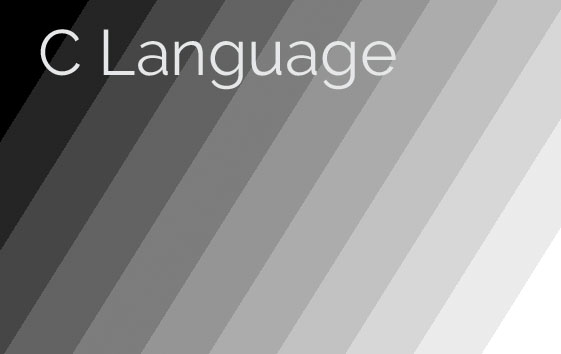 |
C Language |
Last Update : 2019-07-01 | Download Here : |
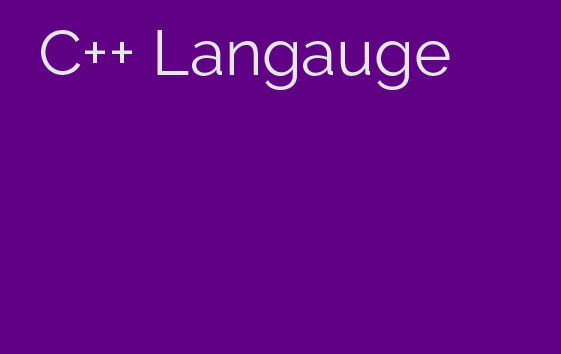 |
C++ Language |
Last Update : 2019-07-01 | Download Here : |
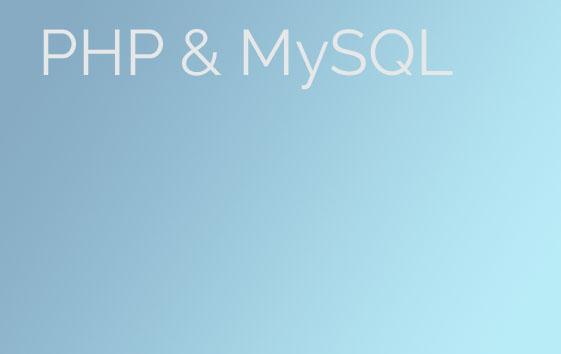 |
PHP & MySQL : Fundamental Details |
Last Update : 2019-07-01 | Download Here : |
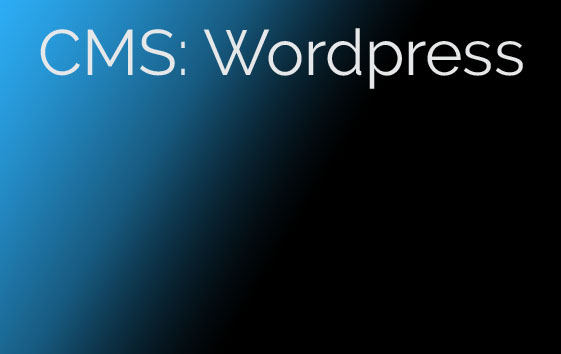 |
CMS: Wordpress |
Last Update : 2019-07-01 | Download Here : |
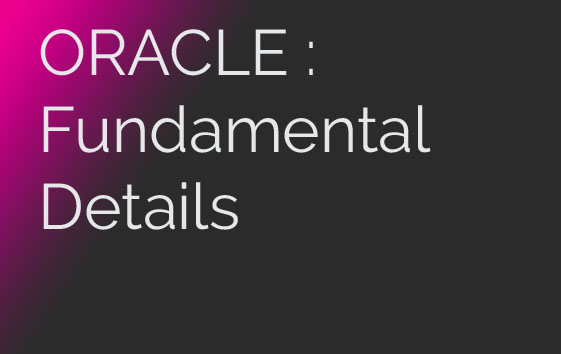 |
ORACLE : Fundamental Details |
Last Update : 2019-07-01 | Download Here : |
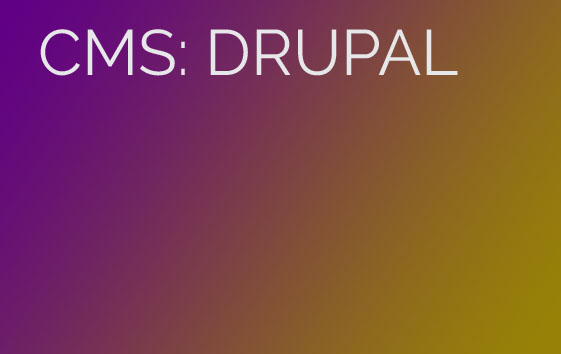 |
CMS: DRUPAL : Fundamental Details |
Last Update : 2019-07-01 | Download Here : |
 |
Microsoft .Net |
Last Update : 2019-07-01 | Download Here : |
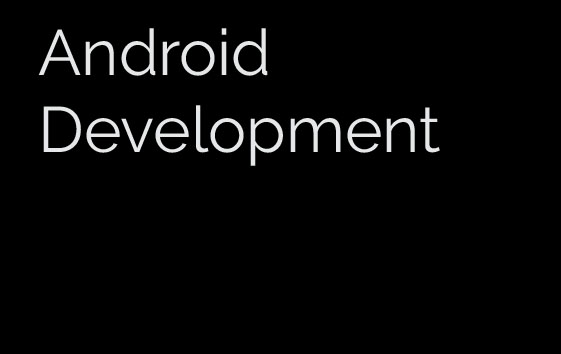 |
ANDROID DEVELOPMENT |
Last Update : 2019-07-01 | Download Here : |
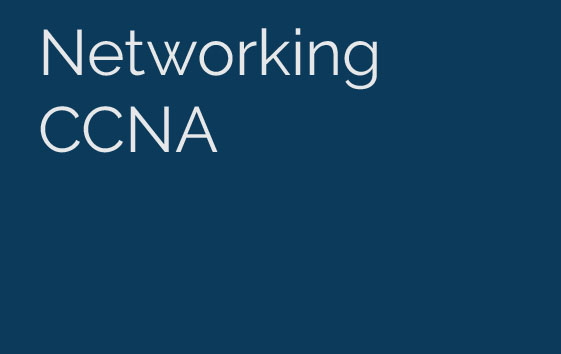 |
Networking CCNA |
Last Update : 2019-07-01 | Download Here : |
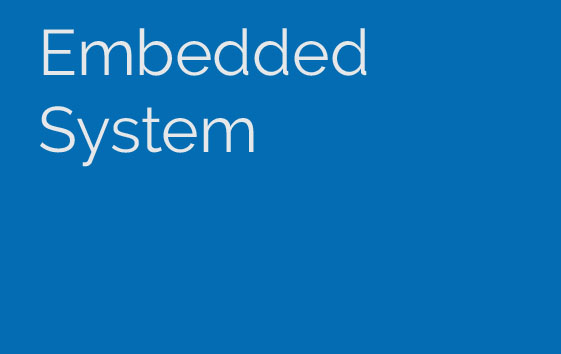 |
Embedded System |
Last Update : 2019-07-01 | Download Here : |

